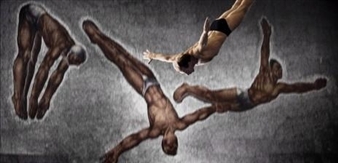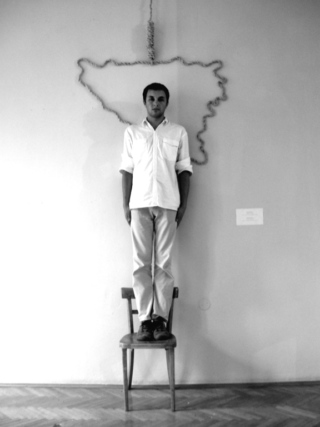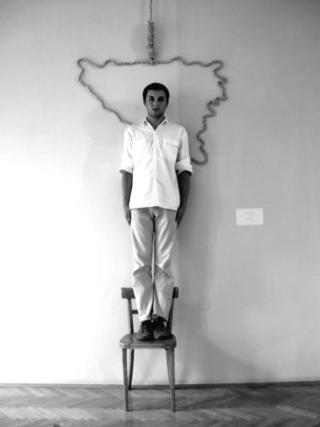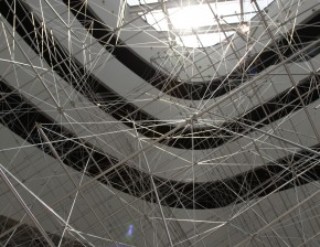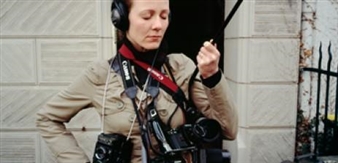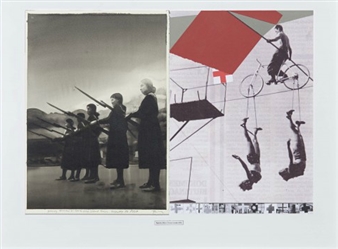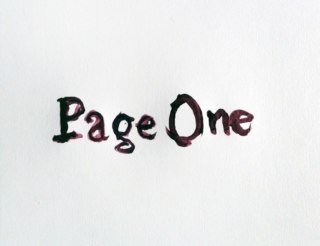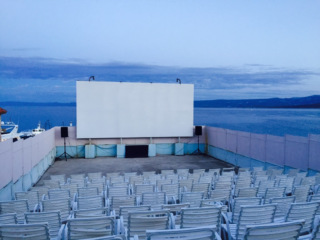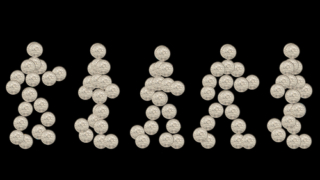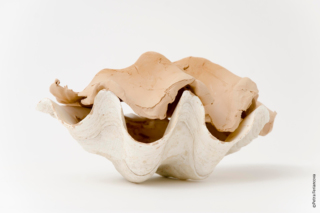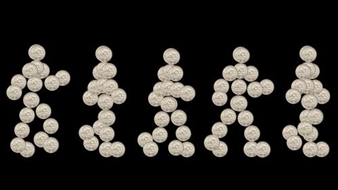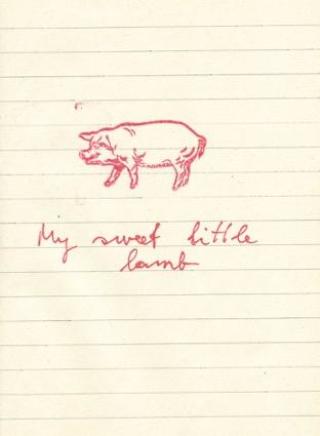Boîte-en-Valise / Box in a Suitcase
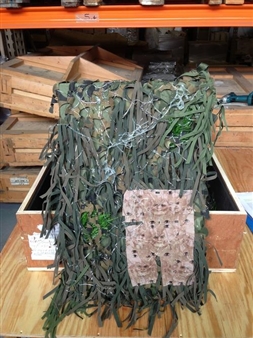
Museum of Modern and Contemporary Art, Rijeka, Licko-Senjska, Rijeka, 06/16/2015 - 07/12/2015
Dolac 1/II
Marcel Duchamp’s Boîte-en-Valise (Box in a Suitcase) from the mid 1930s, the cult artwork in a brown leather valise containing miniature replicas and photographs of his works, gathered the artist’s entire opus into a single artwork, while the easily portable carrying case assumed the role of a travelling retrospective. Mobility of artwork and the corresponding way of presenting artists in the contemporary society, initiated by the aforementioned work of Marcel Duchamp, are the ideas explored in the group exhibition Boîte-en-Valise (Box in a Suitcase). The concept of the exhibition was created by the Institute de France and it is conceived as a travelling exhibition that represents the emerging art scene in France, gathering young artists educated at different French art schools. The exhibition features fifteen works by the artists who have received the same project assignment: to envision and produce an artwork that relates to Duchamp’s Boîte-en-Valise.
The artists presented in this exhibition use different means of expression. It is therefore interesting to observe the way they have adapted their expression to the framework established by a wooden suitcase in which they had to place their work, regardless of whether it was a painting, an installation, a video or an audio work, or even a performance act. The plain wooden suitcases remind of the carrying cases used for transporting artworks, which, at the same time, can serve for transporting any other non-art goods. In order to preserve the original idea of artwork mobility, this exhibition also includes the carrying case – an unaesthetic, ordinary and utilitarian object that highlights the relationship to Duchamp’s concept. By making the brown leather case integral part of his Boîte-en-Valise, Duchamp eliminated, and not for the first time, the strictly defined boundary between art and non-art objects (it is enough to remember the Fountain from 1917).
The wooden suitcase in this exhibition has been given a further dimension. While some authors have recognized it as part of the exhibition setting, or as a segment of the project assignment, and have therefore observed only its serviceable role, other artists have conceived it as an inseparable part of their work. The idea of joining the packaging and the artwork is somewhat more radical in the example in which a disassembled carrying case, along with the instructions detailing the procedure of disassembling and assembling the case for the next exhibition, becomes an artwork itself.
Some of the works shown in this exhibition materialize the idea of a travelling exhibition and a multiple display. These works are conceived in such a way that they acquire new elements in each display; they evolve with every new exhibition and become works in progress, and when the exhibition comes to an end, the final work is different from the first one, revealing its entire exhibition history.
Some of the authors invite for an interaction with their work, but they do not approach the viewer as we may expect, but those who set up the exhibition. For that purpose, some of the artists packed in their suitcases the material needed for proper display. For instance, one of the cases contains a pigment for museum technicians who should dip their fingers in it and leave their fingerprints on the items. There is also a spray that has to be used in order to replicate an action and a script with explicit instructions for a performance act. In this way, someone else completes the creative act commenced by an artist, which reminds of Duchamp’s idea of the interaction between the observer and his Boîte-en-Valise.
This exhibition, built on a predefined concept, features a larger number of artists and gathers different visual poetics, which makes it complex and multi-layered. Its reading therefore entails a multi-layered interpretation. However, regardless of the complexity, there is a common denominator serving as the starting point for the exhibition, seen both in its parts and as a whole.

